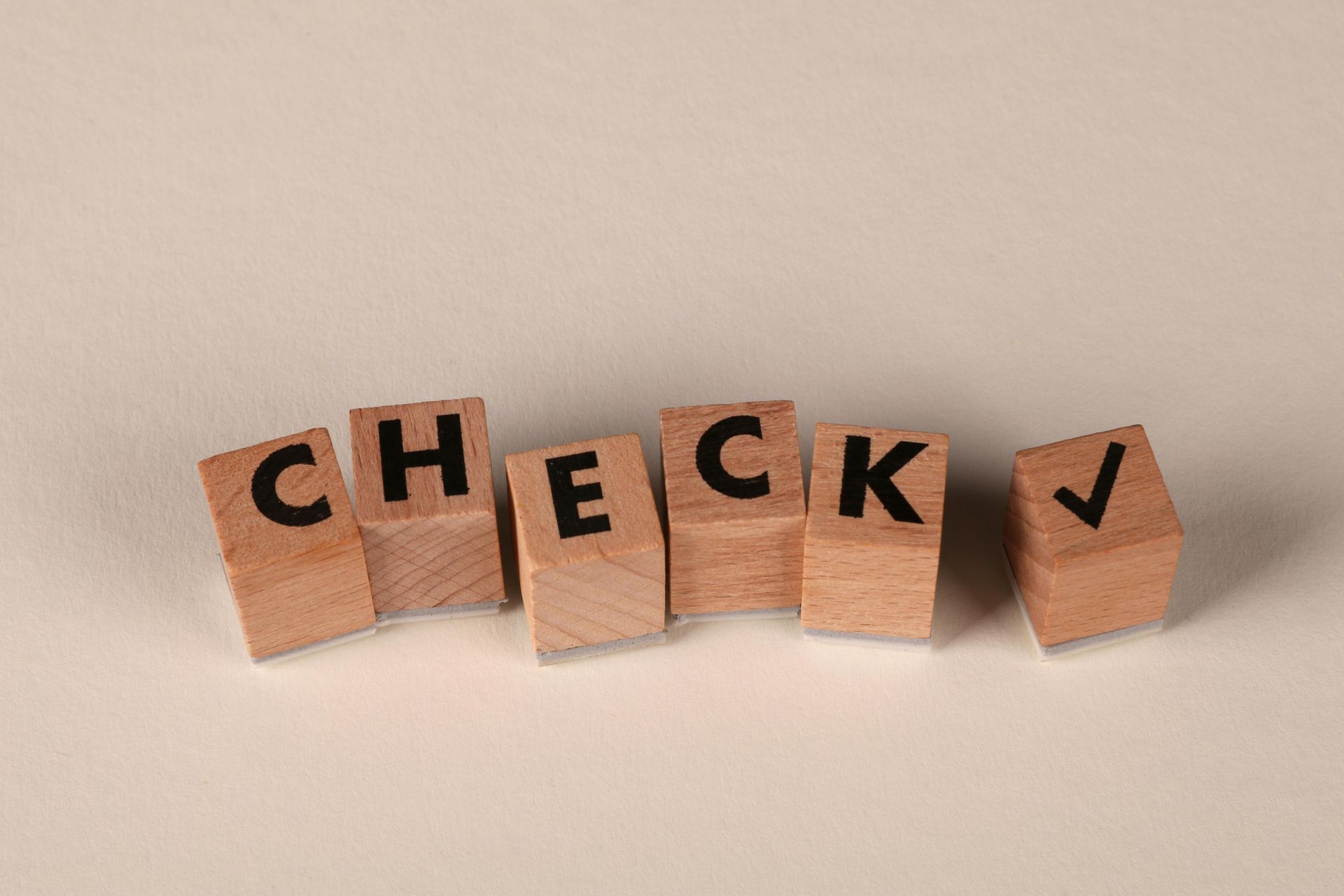Types of Trade Marks
Word Mark
A word mark is a trademark consisting exclusively of words, letters, numbers or any combination thereof, used to identify and distinguish the source of goods or services from those of others. Unlike graphic logos or design marks, which include stylized elements or symbols, word marks consist only of textual characters. A word mark registration is protected in a plain font, without regard to any particular graphic stylization or design feature. It ensures the owner has exclusive rights to use those specific words in relation to their products or services, regardless of the format, font or style. This helps prevent others from using a similar or identical name in a way that could cause confusion among the purchasing public.
Sample Word Marks
For example, famous word marks include Coca-Cola, Disney, Facebook and FedEx, including the following samples taken from the USPTO trademark website:

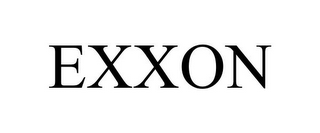
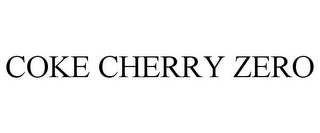
Figurative Mark
A figurative mark, also known as a logo mark or non-text graphic mark, is a type of trademark that includes symbols, designs, graphics, or a combination of these without words. Unlike a word mark, which is concerned solely with textual elements in a standard font, a figurative mark incorporates distinctive stylized features or imagery that contribute to the brand identity often in an artistic way.
Figurative marks are meant to be visually memorable such that a consumer can readily identify and distinguish the goods or services of a brand owner. The protection provided by a figurative mark typically covers the specific graphical presentation of the mark, including any unique color combinations, shapes, and overall design. There are many famous, and non-famous figurative marks.
Sample Figurative Marks:
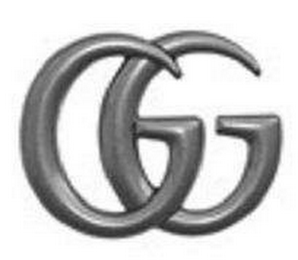

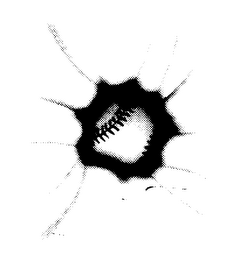

Combined Mark
A combined mark, or the composite mark, is a trademark that includes both word elements and figurative (graphic or logo) elements. This kind of mark integrates text with symbols, designs, or stylized fonts to create a unique identity for a brand. In a combined mark, the textual and figurative components work together to provide a distinctive appearance, which helps consumers identify and distinguish one brand's goods or services from those of another. The protection of a combined mark covers the specific combination of text and design as it is presented, no protection is formally afforded the words alone or apart from the combined mark itself. This means that you must register a separate word trademark to protect just the words itself without the graphical elements.
Sample Combined Marks:

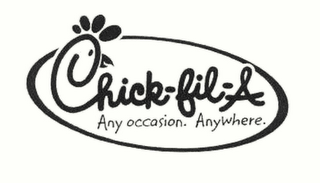
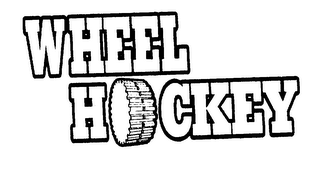
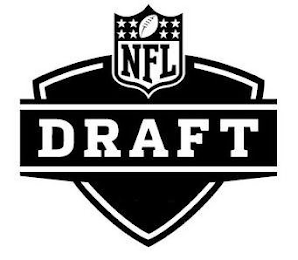
Shape Mark
A shape mark, also known as a three-dimensional (3D) mark, is a type of trademark that involves the protection of a specific shape of a product or its packaging. This can include the three-dimensional configuration of a product, its surface, or even the design of its packaging. Shape marks distinguish the goods or services of one business from those of others based solely on the physical appearance of the good or item.
To be registrable as a trademark, a shape must be distinctive enough that consumers can recognize the shape as being associated with a particular source of goods or services. This means the shape must be unique or unusual in some way that goes beyond a purely functional or ornamental design. Common examples of shape marks include the contour bottle of Coca-Cola or the shape of the Toblerone chocolate bar. Not all shapes survive the scrutiny of the USPTO and there is some over lap between shape marks and design patents.
Sample Shape Marks:
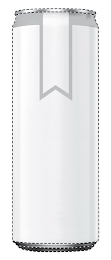
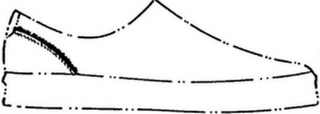

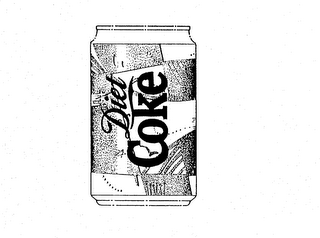
Position Mark
A position mark is a type of trademark that consists of the specific way in which a mark is placed or affixed on a product. This kind of trademark protection covers the placement or specific location of a logo, design, or other graphical element on a product, rather than the content of the mark itself.
The distinctive feature of a position mark is not just the design but how and where the design is used in relation to the product. It can include elements like a stripe on a shoe, a special stitching pattern on jeans, or a logo placement on the pocket of a shirt. A protectable mark is positioned in such a manner that consumers can identify the brand owner by the unique location or configuration.
Sample Position Marks:

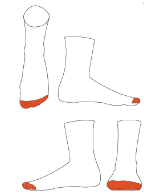

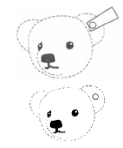
Pattern Mark
A pattern mark is a type of trademark that consists of a specific, distinctive, and repetitive design or pattern applied to the surface of a product or its packaging. This type of mark uses a series of elements or motifs that are regularly repeated to create a unique visual effect that identifies and distinguishes a brand's goods or services.
Pattern marks are particularly useful for brands that want to create a signature look recognizable across various products or ranges. For instance, the distinctive check pattern of Burberry or the repeating monogram of Louis Vuitton are examples of pattern marks that have become synonymous with their respective brands.
Sample Pattern Marks:
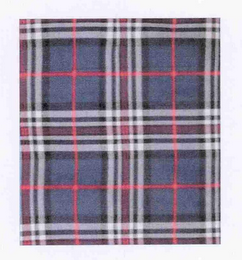
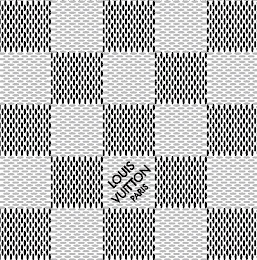
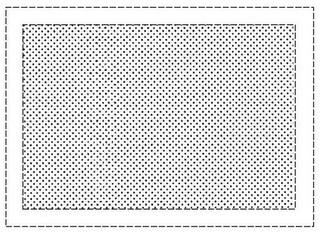
Color Only Mark
A color only mark, sometimes referred to simply as a color mark, is a type of trademark where a specific color or combination of colors is registered and protected, independent of any design or textual element. This kind of trademark asserts exclusive rights to use a particular color in association with specific goods or services, where the color itself acts as a brand identifier.
To be registered as a trademark, a color or color combination must be shown to have distinctive character. This often requires demonstrating that the color has acquired distinctiveness through extensive use, meaning consumers have come to recognize the color as a specific indicator of the source of the goods or services. For example, the pink color of Owens-Corning fiberglass insulation or the distinctive red soles of Christian Louboutin shoes are registered color only marks.
Sample Color Marks:

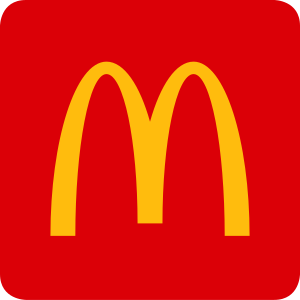
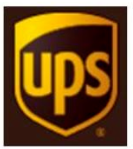
Sound Mark
A sound mark is a type of trademark where a specific sound is used to uniquely identify the source of goods or services. This kind of trademark is not based on visual elements like words, logos, or designs, but rather on auditory cues. Sound marks must be distinctive and capable of being represented graphically, typically through musical notation, a sonogram, or a detailed description of the sound.
To qualify for registration, a sound mark must be distinctive enough that consumers can associate the sound with a particular source or brand without any visual aid. This often means the sound cannot be merely functional or generic within the industry. Examples of registered sound marks include the iconic MGM lion's roar, the NBC chimes, or Intel’s distinctive five-note bong. You will find that the sounds are instantly recognizable to many consumers and, in fact, most strongly associated the sounds with the brand.
Sample Sounds Marks:
Scent Mark
A scent trademark is a non-traditional trademark involving aromas, smells, or fragrances used to uniquely identify and distinguish the products or services of the scent creator. Unlike more common trademarks such as logos, names, or slogans, scent trademarks are based on olfactory senses and are registered based on the distinctive smell they present to the public. Scent trademarks are relatively rare and very hard to secure, given the plethora of evidence that must be presented showing that the scent triggers in the mind of the public the source of the fragrance. For a scent to be eligible for trademark protection, it must meet certain criteria:
- Distinctiveness: The scent must be distinctive and serve as an identifier of the product’s origin to the consumer. It cannot be a functional aspect of the product; for instance, a scent added to a perfume cannot be trademarked because the fragrance is a functional part of the perfume.
- Consistency: The scent must remain consistent over time and across different batches of the product, which can be difficult to maintain in production.
- Describability: The trademark application must clearly describe the scent in a precise and objective manner, which can be challenging since scents are subjective and can be perceived differently by different people.
Examples of successful scent trademarks include the smell of fresh cut grass for tennis balls, a floral fragrance used in yarn, bubble-gum scented shoes, sandals, flip flops, and accessories, and strawberry scented toothbrushes.
Multimedia Mark
A multimedia mark is a type of trademark that combines multiple elements such as sound, motion, and sometimes visual changes over time to create a distinctive branding element. This kind of trademark is more complex than traditional marks because it involves a sequence of events or a combination of media to convey the brand identity.
Multimedia marks are used in digital environments and can be particularly effective in capturing consumer attention through dynamic and engaging content. For instance, a multimedia mark might involve a specific animation sequence combined with a unique sound that plays when a company’s logo is displayed during a commercial or when starting an application on a device. To register a multimedia mark, it must be distinctive and capable of being represented in a precise and clear manner, often through a combination of video files and sound recordings that illustrate the use of the mark
Sample Multimedia Mark:

Hologram Mark
A hologram mark is a type of trademark involving a hologram used to identify and distinguish the source of goods or services. Holograms are three-dimensional images created using photographic projection, where the image appears to have depth and changes perspective depending on the viewing angle.
Hologram marks are particularly distinctive due to their dynamic and interactive nature. They can incorporate elements such as changing images, shifting patterns, or other visual effects that are revealed as the viewer changes their perspective or as the lighting conditions vary. For registration as a trademark, a hologram mark must be represented in a manner that clearly details the holographic effect, such as through multiple images showing the various views and stages of the hologram. The mark must also be distinctive and capable of identifying a particular source of goods or services in the mind of the consumer.
Sample Hologram Marks:
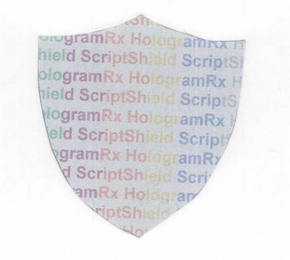
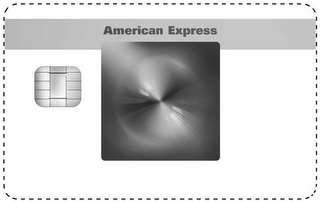
Collective Mark
A collective mark is a type of trademark used by the members of a collective group, such as an association, cooperative, or other organization, to indicate membership in the group or to identify goods or services that originate from members of the collective. This kind of mark is used to signify that the user of the mark meets certain standards set by the collective, or represents a certain level of quality or accuracy associated with the group's reputation.
Collective marks differ from standard trademarks in that they are not used by a single company to distinguish its products or services from those of others. Instead, they are used by members of the organization to which the mark belongs. These marks help consumers identify products or services that adhere to the standards or characteristics set by the collective.
Examples of collective marks include the "CPA" mark used by certified public accountants who are members of a professional body that regulates the standards of the accountancy profession, or marks used by cooperatives of farmers to denote products produced with specific agricultural practices.
Certification Mark
A certification mark is a special type of trademark used to indicate that certain goods or services meet a defined standard or possess a particular quality, characteristic, accuracy, or origin which is verified by a certifying authority. Unlike traditional trademarks, which are used by a business to indicate the source of a product or service, certification marks are used by a party other than the owner of the mark to signify compliance with standards established by the mark’s owner.
Certification marks are commonly used for:
- Quality assurance: Certifying that products meet certain quality standards set by the certifying organization.
- Material: Indicating that products are made of specific materials.
- Method of manufacture: Certifying that goods or services are produced in a specific way.
- Geographical origin: Verifying that a product comes from a particular place, which often ties into the quality or specific characteristics attributed to that region.
Examples of well-known certification marks include the "UL" mark used by Underwriters Laboratories, which indicates compliance with safety standards, and the "Woolmark," which certifies that products are made from 100% wool.
Sample Certification Marks:

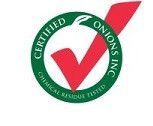
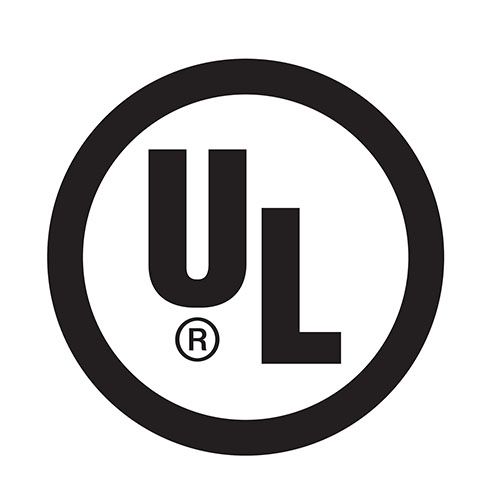
Trade Mark Series
A trademark series, also known as a "series of marks," refers to a group of trademarks used by a single owner that vary slightly but share a common distinctive element. These variations often relate to different versions of a product or service or different elements of a brand that the owner wants to protect under a unified branding approach.
The main characteristic of a trademark series is that each mark within the series maintains a consistent thematic or design element, but features minor modifications that could relate to color, wording, or additional graphic elements. This allows a brand to differentiate between product lines or services while maintaining a coherent brand identity. For example, a company might have a series of trademarks in a same class such as banking, and therefore MyBank could have marks is a series for trademark Class 36 (Insurance and Financial Services) as follows: MyBank E-Banking; MyBank Online Banking; MyBank Internet Banking.
DISCLAIMER: The mention of specific trademarks, service marks, certification marks, products, services, companies, or organizations on this page is solely for educational and illustrative purposes.


Have an idea for a blog? Click and request a blog and we will let you know when we post it!






